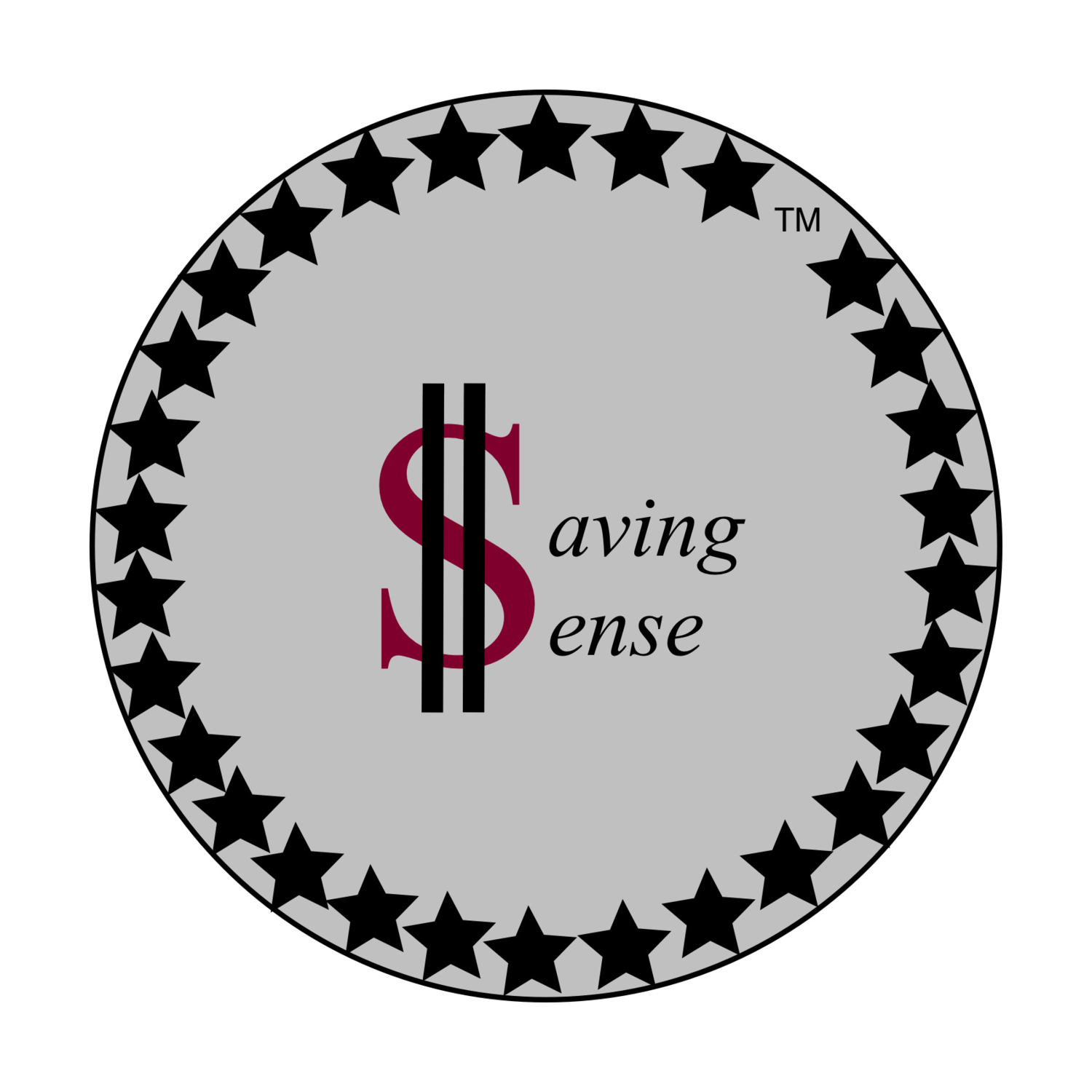Personal Finance 101: A Beginner’s Guide to Managing Money
If the words budget, savings, or credit score make your eyes glaze over, you’re not alone. Managing money can feel overwhelming at first, but here’s the good news — it doesn’t have to be complicated to be effective. With a few simple steps and the right mindset, you can start building healthy money habits today.
At Saving Sense, we believe that saving early and often — even small amounts — adds up over time. Let’s break down the basics of personal finance and help you start your journey with confidence.
1. Understand Where Your Money Goes
The first step to managing your money is knowing how you spend it. For one month, track every dollar — whether it’s rent, coffee, or impulse buys on Amazon. You can use a notebook, a simple spreadsheet, or apps like Mint or YNAB (You Need A Budget) for easy tracking.
Why it matters: You can't make a plan if you don't know your starting point.
2. Create a Simple Spending Plan
A budget is just a guide or a plan for where you want your money to go. It helps you stay in control instead of wondering where your paycheck disappeared to. Also, don’t forget to pay yourself first! If you skip this step, you’ll likely continue to be in a money deficit.
A beginner-friendly method is the 50/30/20 rule (popularized by Senator Elizabeth Warren in All Your Worth [Warren & Tyagi, 2005]). But you can customize it according to your needs and change it as you go!
✔ 50% for Needs (housing, food, utilities)
✔ 30% for Wants (fun, hobbies, dining out)
✔ 20% for Savings & Debt Repayment
If your situation looks different — that’s okay. The goal is to start. Here’s my current allocations:
✔ 10% right off the bat to pay myself first!
Then, I take the remaining amount and allocate it this way:
✔ 70% for Essentials (housing, food, utilities, loans)
✔ 10% for Wealth Growth (investments, education)
✔ 20% for Play Fund (fun, hobbies, dining out)
3. Build an Emergency Fund
Life happens — car repairs, medical bills, job changes. That’s where an emergency fund comes in.
Start small: Aim for $500 to $1,000 to cover unexpected expenses (as recommended by financial expert Dave Ramsey [Ramsey Solutions, 2023]). Once that’s set, work toward 3-6 months of essential expenses.
Remember: Even $10 a week adds up — that’s Saving Sense in action!
4. Tackle Debt, But Don’t Panic
If you have credit card debt, student loans, or other balances, you’re not alone. Focus on:
Making at least minimum payments to avoid extra fees
Considering the debt snowball (paying off the smallest debts first) for motivation
Or the debt avalanche (tackling high-interest debts first) to save more money in the long run
Apps like Undebt.it can help you create a personalized payoff plan.
5. Start Saving for the Future — Now
Retirement might feel far away, but thanks to compound interest, your money grows more the earlier you start. Even $25 a month into a retirement account, like a 401(k) or Roth IRA, makes a difference over time (Investopedia, 2024).
Small steps = big impact. That’s the heart of Saving Sense.
Final Thoughts: Progress Over Perfection
Managing money isn’t about being perfect — it’s about being intentional. Start where you are, celebrate small wins, and know that every dollar you save is a step toward financial peace of mind.
You’ve got this. And remember — it makes Saving Sense to start now.
Helpful Resources & References
Warren, E., & Tyagi, A. W. (2005). All Your Worth: The Ultimate Lifetime Money Plan.
Ramsey Solutions. (2023). How to Start an Emergency Fund. https://www.ramseysolutions.com
Investopedia. (2024). Understanding Compound Interest. https://www.investopedia.com
Mint: https://mint.intuit.com
YNAB (You Need A Budget): https://www.youneedabudget.com
Undebt.it: https://undebt.it

